Features > Property News & Insights > Market updates
How does housing affordability stack up in your federal electorate?
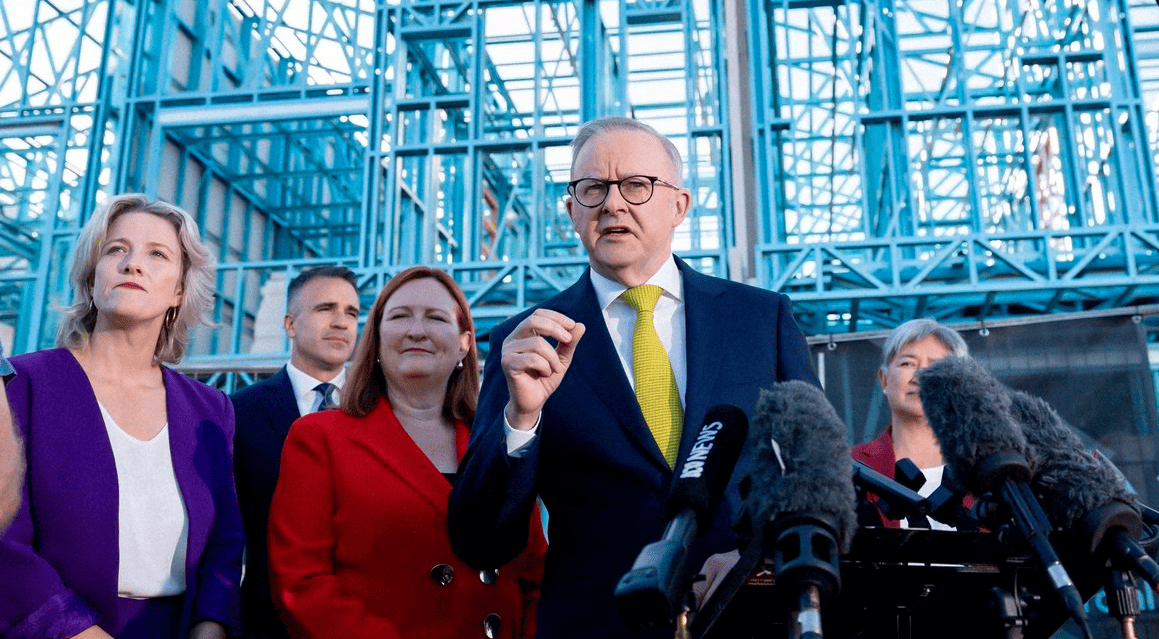
Image from skynews.com.au
KEY POINTS
- Suburban Sydney tops least affordable property markets, with electorates like Bradfield reaching a dwelling value-to-income ratio of 16.5—over twice the national average
- In contrast, Darwin is the most affordable capital city due to relatively low housing prices and higher local incomes
- Rental stress is highest in Regional Queensland and Regional New South Wales, while Melbourne’s outer west remains more affordable, aided by new housing and slower rent growth
Housing affordability has emerged as a key issue in the current Federal election campaign, with the major parties unveiling expensive policies aimed primarily at first-home buyers and increasing housing supply.
However, affordability is not a uniform problem across Australia, with some areas experiencing more severe housing stress metrics than others
New research from CoreLogic attempts to quantify housing affordability by federal electorates.
“Geographically, Sydney stands out with the most severe levels of housing unaffordability, apart from rental affordability, where Adelaide is the most stretched,” says CoreLogic’s Research Director Tim Lawless, who authored the report.
“At the other end of the spectrum is Darwin, where a more balanced level of demand and supply has kept housing relatively affordable,” he says.
Measuring housing affordability
Housing affordability has been deteriorating for some time, according to the four metrics CoreLogic produces.
These are:
- Dwelling value to income ratio
- Percentage of household income needed to service a new mortgage
- Years to save a standard 20% mortgage deposit
- Percentage of household income needed to pay rent
Tim Lawless says “a long-running under-supply of appropriate housing relative to demand” in Australia is showing up in these four metrics, with “each of them…either equal to or at new record highs for unaffordability at the end of 2024.”
Mr Lawless says, nationally, the ratio of dwelling values to household incomes has been above 6 consistently since 2003, reaching record highs in 2022 and again in December 2024 at 8.0.
In other words, a median-income household would be spending eight times its annual gross income to purchase a median-value dwelling.
“Mortgage stress” is generally defined as spending more than one-third of household income on home loan repayments on a new mortgage.
According to CoreLogic, in December last year, a median-income household purchasing the median value dwelling with a 20% deposit had to dedicate more than half their gross annual income to mortgage repayments.
“It’s also taking a record number of years to save for a 20% deposit at 10.6 years, assuming a household can save 15% of their income, which is a major challenge when cost-of-living pressures have been high,” Mr Lawless says.
“To make matters worse, rental affordability has never been this stretched, with rental households requiring roughly one third of their income to pay rent.”
The most unaffordable electorates
CoreLogic’s list of the most unaffordable places to buy a home in Australia is dominated by suburban Sydney, with 4 of the top 5 and 12 of the top 20 most unaffordable electorates.
Topping the list is Bradfield, the electorate which includes the North Sydney and Hornsby regions, where the dwelling value to income ratio is an eye-watering 16.5.
Interestingly, the electorate that’s home to Australia’s most exclusive suburbs like Bellevue Hill and Vaucluse - Wentworth in Sydney’s Eastern suburbs - is only ranked the 12th most unaffordable electorate.
While it has a slightly lower median income than Bradfield, it’s also an electorate with much higher housing density.
“It’s a timely reminder about the affordability benefits that a diverse range of housing stock can provide,” CoreLogic’s Tim Lawless says.
The most affordable electorates
At the other end of the scale, the most affordable electorates to buy a home are concentrated in the Northern Territory, Regional Queensland, suburban Melbourne and Regional New South Wales.
“The sole federal electorate in Darwin, Solomon, is the most affordable electorate to buy a home nationally,” Tim Lawless says.
But he points out that Solomon doesn’t have the lowest median dwelling value.
“Rather,” he says, “Solomon has a combination of relatively low housing values combined with relatively high incomes.”
Among the major capitals, Mr Lawless says the Federal electorate of Melbourne stands out as the most affordable to buy, with the lowest dwelling-value-to-income ratio at just 4.7.
80% of all dwellings in the electorate are units.
“Mortgage serviceability on a new loan comes in under 30% at 29.7%, and it would take a prospective household ‘just’ 6.3 years to save for a 20% deposit,” he says.
“Another factor that has supported the relatively affordable outcome (in the electorate of Melbourne) is that dwelling values remain 7.5% below their record highs from 2022.”
CoreLogic’s Tim Lawless points out that it’s not only cheap apartments in the centre of Australia’s second-largest city that make the southern capital a good affordability prospect.
“The electorates of Lalor and Hawke (ranked 12th and 13th nationally as most affordable to buy), located in Melbourne’s outer West, are good examples of how greenfield supply additions can help to keep a lid on housing affordability,” he says.
The most unaffordable electorates to rent
The most unaffordable electorates to rent are concentrated in regional markets, especially Regional Queensland and Regional New South Wales.
Richmond (Northern NSW) and McPherson (Gold Coast) topped the list, with a rental household on the median income requiring 50% or more of their gross annual household income to service the median rent.
The most unaffordable capital city electorate for renting was Hindmarsh in Adelaide’s western suburbs, where rental prices have increased by almost 48% over the past five years, taking the median rent to $637 a week.
Adelaide also holds the dubious title of having the most unaffordable capital city rental market, with a median-income household requiring 35.1% of their gross annual income to cover the median rent.
The most affordable electorates to rent
Melbourne’s outer suburbs dominate the list of the most affordable electorates to rent in, especially in the city’s outer West.
“The median income household in these electorates would generally dedicate less than a quarter of their gross income towards renting – well below the national average of 32.8% and Greater Melbourne average of 28.3%,” Tim Lawless says.
“These electorates are also synonymous with greenfield housing supply, demonstrating the importance of new development in supporting healthy affordability outcomes,” he says.
Political implications
So what does this mean for the forthcoming federal election?
The Australian Financial Review newspaper took CoreLogic’s research with additional data points and concluded that “safe Labor seats such as Watson, Blaxland, McMahon and Kingsford Smith (all in suburban Sydney) have recorded among the worst deterioration in housing affordability since the 2022 federal election.”
Anger at housing unaffordability is likely to make “Millennial and Generation Z voters more likely to turn away from the major parties,” says the AFR’s Political correspondent, Ronald Mizen.
While this is undoubtedly a big problem for Anthony Albanese’s Labor government, Ronald Mizen points out that “the issue is more pressing for the Coalition, with three of the four seats on the list – Bradfield (Sydney), McPherson and Moncrieff (both on the Gold Coast) – facing Climate 200-backed independents who could act as a lightning rod for disaffected voters.”
Stay Up to Date
with the Latest Australian Property News, Insights & Education.




.png?width=292&height=292&name=Copy%20Link%20(1).png)
 SIGN UP FOR FREE NEWSLETTER
SIGN UP FOR FREE NEWSLETTER
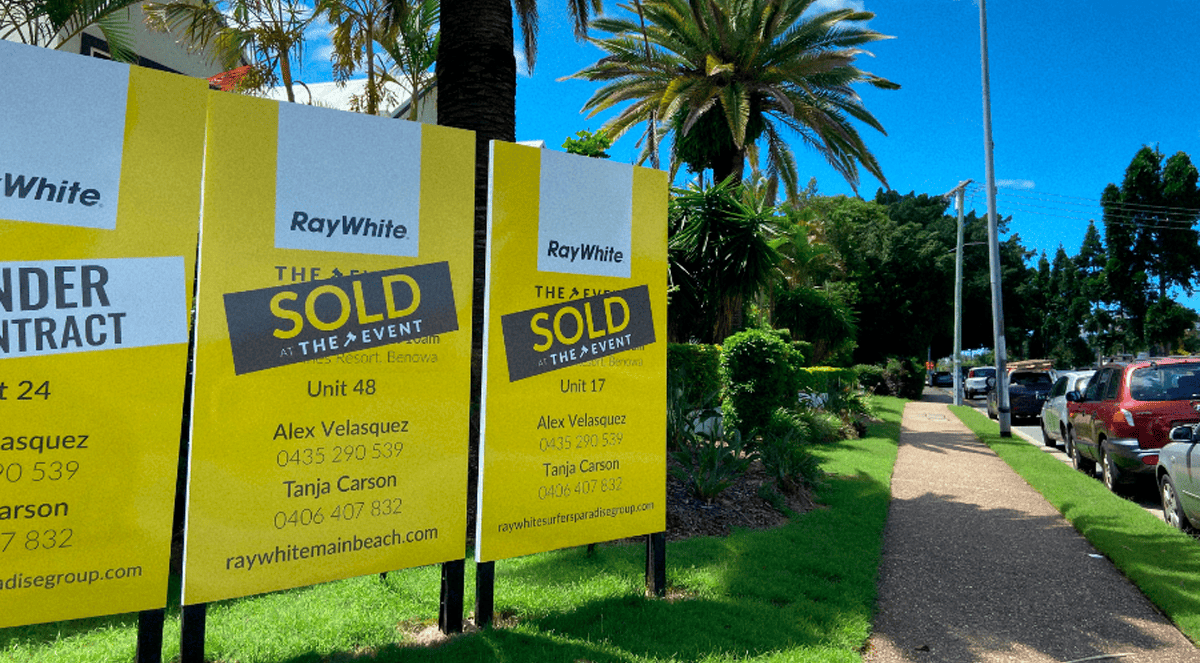
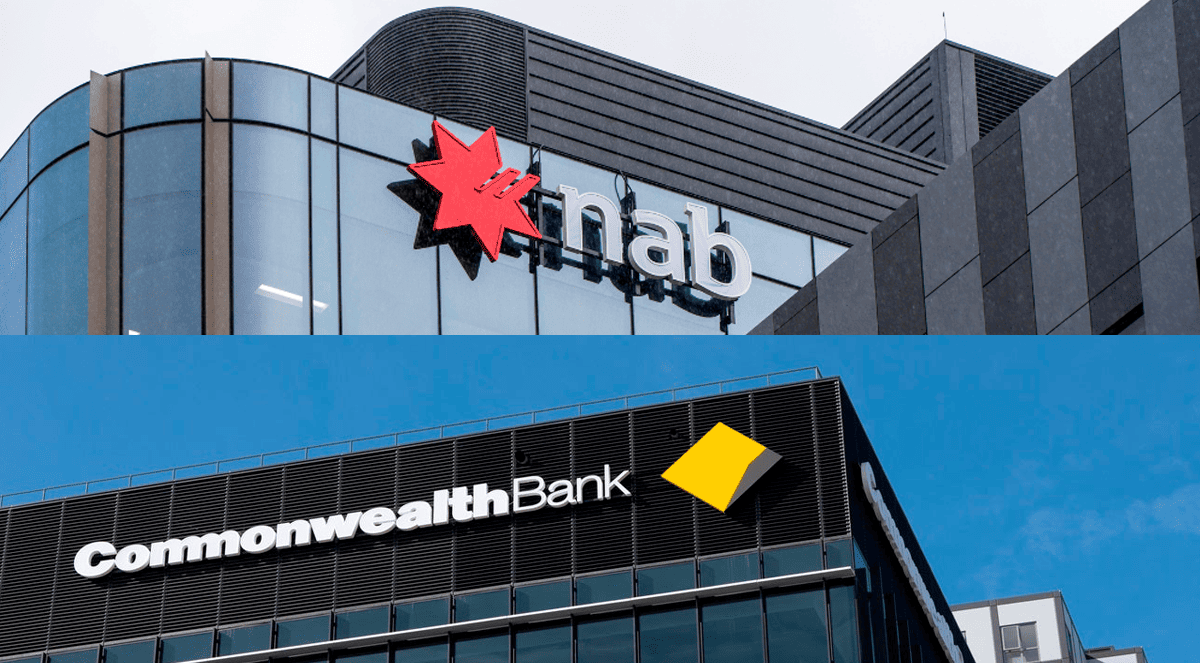
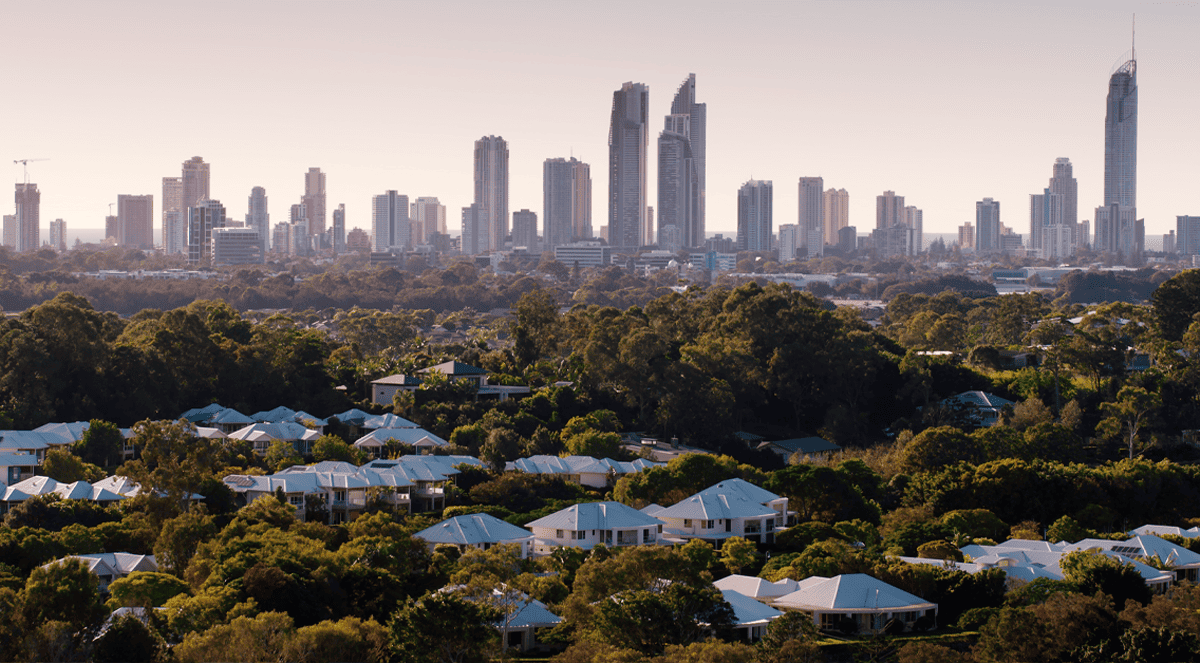
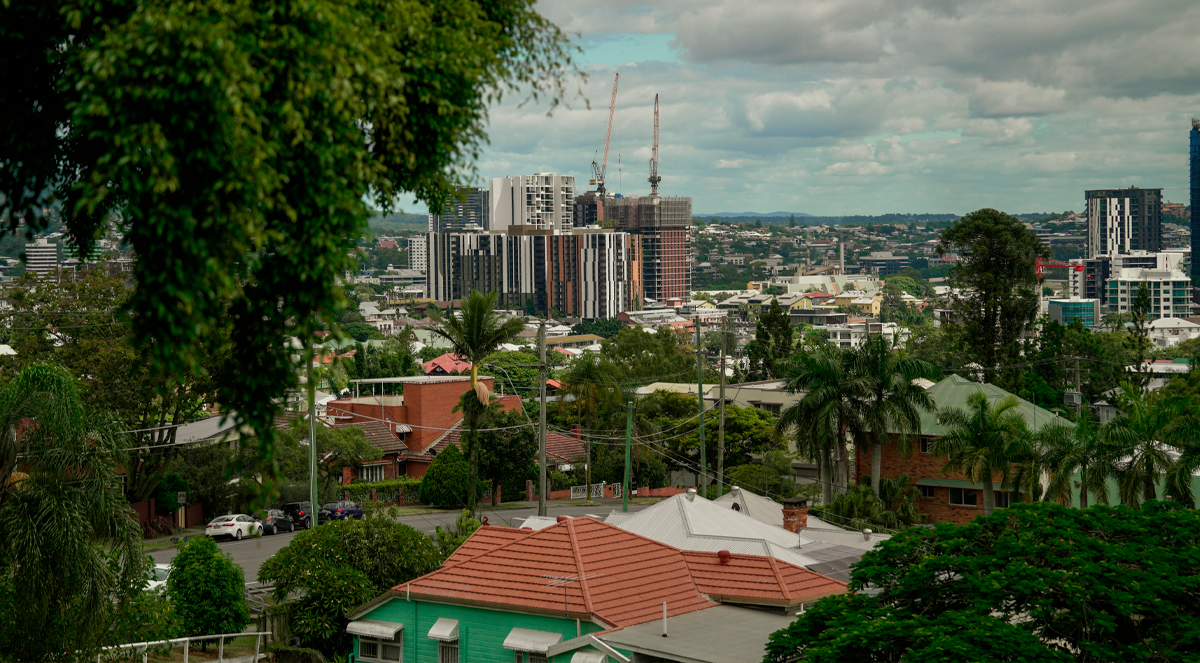
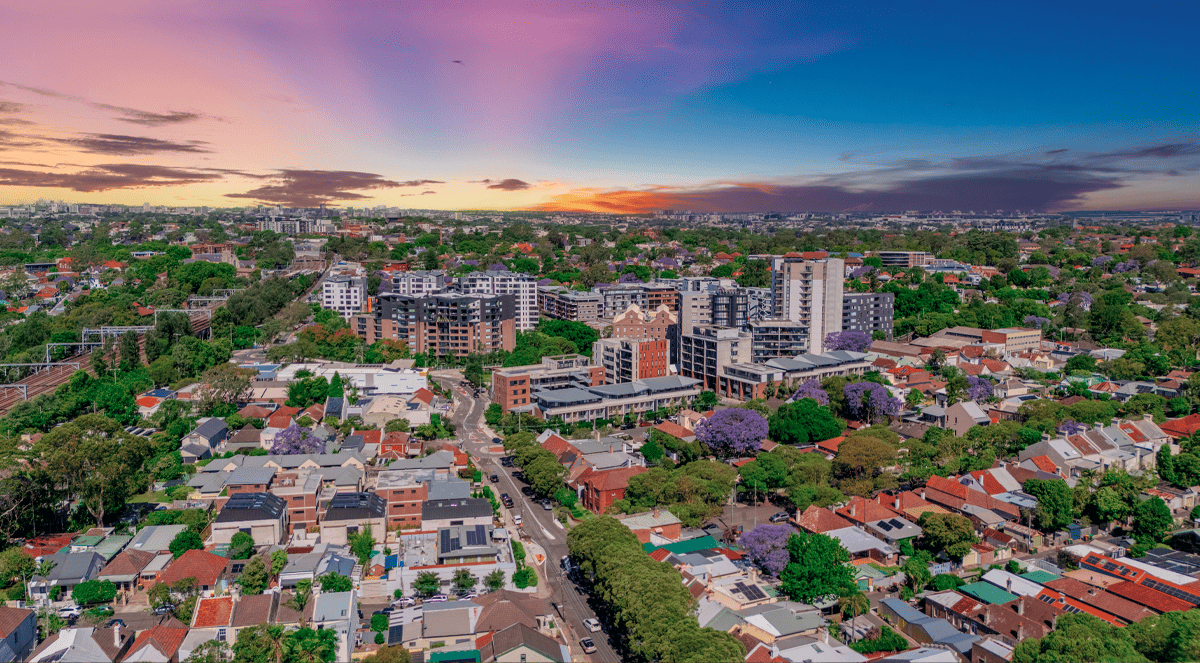
.jpg?width=1920&height=1080&name=Warning%2c%20You%20Might%20Be%20Facing%20Higher%20Taxes%20Soon%20(1).jpg)





.png?width=1920&height=1080&name=Rate%20Drops%20Signal%20BIGGEST%20Property%20Boom%20in%20DECADES%20(1).png)

.jpg?width=1920&height=1080&name=Labor%20vs%20Liberal%20These%20Housing%20Policies%20Could%20Change%20the%20Property%20Market%20Forever%20(1).jpg)
.jpg?width=1920&height=1080&name=QLD%20Slashes%20Stamp%20Duty%20Big%20News%20for%20Investors%20%26%20Home%20Buyers%20(1).jpg)
.jpg?width=1920&height=1080&name=Trump%20Just%20Slapped%20Tariffs%20%E2%80%93%20Here%E2%80%99s%20What%20It%20Means%20for%20Australia%20(1).jpg)
.jpg?width=1920&height=1080&name=Federal%20Budget%202025%20More%20Debt%2c%20No%20Housing%20%E2%80%93%20Here%E2%80%99s%20What%20You%20Need%20to%20Know%20(1).jpg)
.jpg?width=1920&height=1080&name=Australias%20Housing%20Crisis%20is%20about%20to%20get%20MUCH%20Worse%20(New%20Data%20Warns).jpg)
%20(1).jpg?width=1920&height=1080&name=Australias%20RENTAL%20CRISIS%20Hits%20ROCK%20BOTTOM!%20(2025%20Update)%20(1).jpg)
%20(1).png?width=1920&height=1080&name=Is%20Adelaide%20Still%20a%20Good%20Property%20Investment%20(2025%20UPDATE)%20(1).png)
.jpg?width=1920&height=1080&name=RBA%20Shocks%20with%20Rate%20Cuts!%20What%E2%80%99s%20Next%20for%20Property%20Investors%20(1).jpg)
%20(1).jpg?width=1920&height=1080&name=I%20Predict%20The%20Feb%20Rate%20Cut%20(My%20Price%20Growth%20Prediction)%20(1).jpg)
.png?width=1920&height=1080&name=Why%20Property%20Prices%20Will%20Rise%20in%202025%20Market%20Predictions%20(1).png)
.jpg?width=1920&height=1080&name=Why%20Investors%20Are%20Choosing%20Apartments%20Over%20Houses%202%20(1).jpg)
.jpg?width=1920&height=1080&name=Why%20Rate%20Cuts%20Will%20Trigger%20A%20Property%20Boom%20(1).jpg)
.jpg?width=1920&height=1080&name=Retire%20On%202Million%20With%20One%20Property%20(Using%20SMSF).jpg)
.jpg?width=1920&height=1080&name=4%20Reasons%20Why%20You%20Should%20Invest%20in%20Melbourne%20Now%20(1).jpg)
%20(1).jpg?width=1920&height=1080&name=Old%20Property%20vs%20New%20Property%20(Facts%20and%20Figures%20Revealed)%20(1).jpg)
%20(1).jpg?width=1920&height=1080&name=Will%20The%20New%20QLD%20Govt%20Create%20a%20Property%20Boom%20or%20Bust%20(My%20Prediction)%20(1).jpg)
%20Scott%20Kuru%20(1).jpg?width=1920&height=1080&name=Inflation%20Hits%20Three-Year%20Low%20(Will%20RBA%20Cut%20Rates%20Soon)%20Scott%20Kuru%20(1).jpg)
.jpg?width=1920&height=1080&name=How%20to%20Buy%20Investment%20Property%20Through%20SMSF_%20The%20Ultimate%20Guide%20(1).jpg)
.jpg?width=1920&height=1080&name=Victoria%20Slashes%20Stamp%20Duty%20Melbourne%20Set%20to%20Boom%20Scott%20Kuru%20(1).jpg)
.png?width=1571&height=861&name=Are%20Foreign%20Buyers%20Really%20Driving%20Up%20Australian%20Property%20Prices%20(1).png)
.jpg?width=1920&height=1080&name=The%20Single%20Factor%20That%20Predicts%20Property%20Growth%20Regions%20(1).jpg)
%20Scott%20Kuru%20(1).jpg?width=1920&height=1080&name=My%20Prediction%20On%20Rates%20%26%20Negative%20Gearing%20(Market%20Crash)%20Scott%20Kuru%20(1).jpg)

-1.png?width=1920&height=1080&name=Major%20Banks%20Cut%20Rates%20Will%20RBA%20Follow%20Suit%20(Sept%20Rate%20Update)-1.png)
%20Scott%20Kuru-1.png?width=1920&height=1080&name=Rate%20Cut%20Coming%20What%20New%20Zealands%20Move%20Means%20for%20Australia%20(Sept%20Prediction)%20Scott%20Kuru-1.png)
%20(1).jpg?width=1920&height=1080&name=Buy%20when%20the%20interest%20rates%20are%20high!%20(Why%20you%20must%20buy%20now!)%20(1).jpg)
.jpg?width=1920&height=1080&name=Carms_Revised%20Taxes%20Due%20Aug%209%20YT%20Thumbnail02%20(1).jpg)
.jpg?width=1920&height=1080&name=Carms_Too%20Little%20Too%20Late%20Aug%207%20YT%20Thumbnail01%20(1).jpg)









.jpg?width=1920&height=1080&name=Carms_Rate%20Drop%20In%20July%20Jun%2010%20YT%20Thumbnail02%20(1).jpg)
.jpg?width=1920&height=1080&name=Carms_Own%20a%20Property%20V6%20Jun%205_YT%20Thumbnail%20(1).jpg)









.png?width=1920&height=1080&name=Artboard%201%20(3).png)






.jpg?width=1920&height=1080&name=YT%20thumbnail%20%20(1).jpg)

